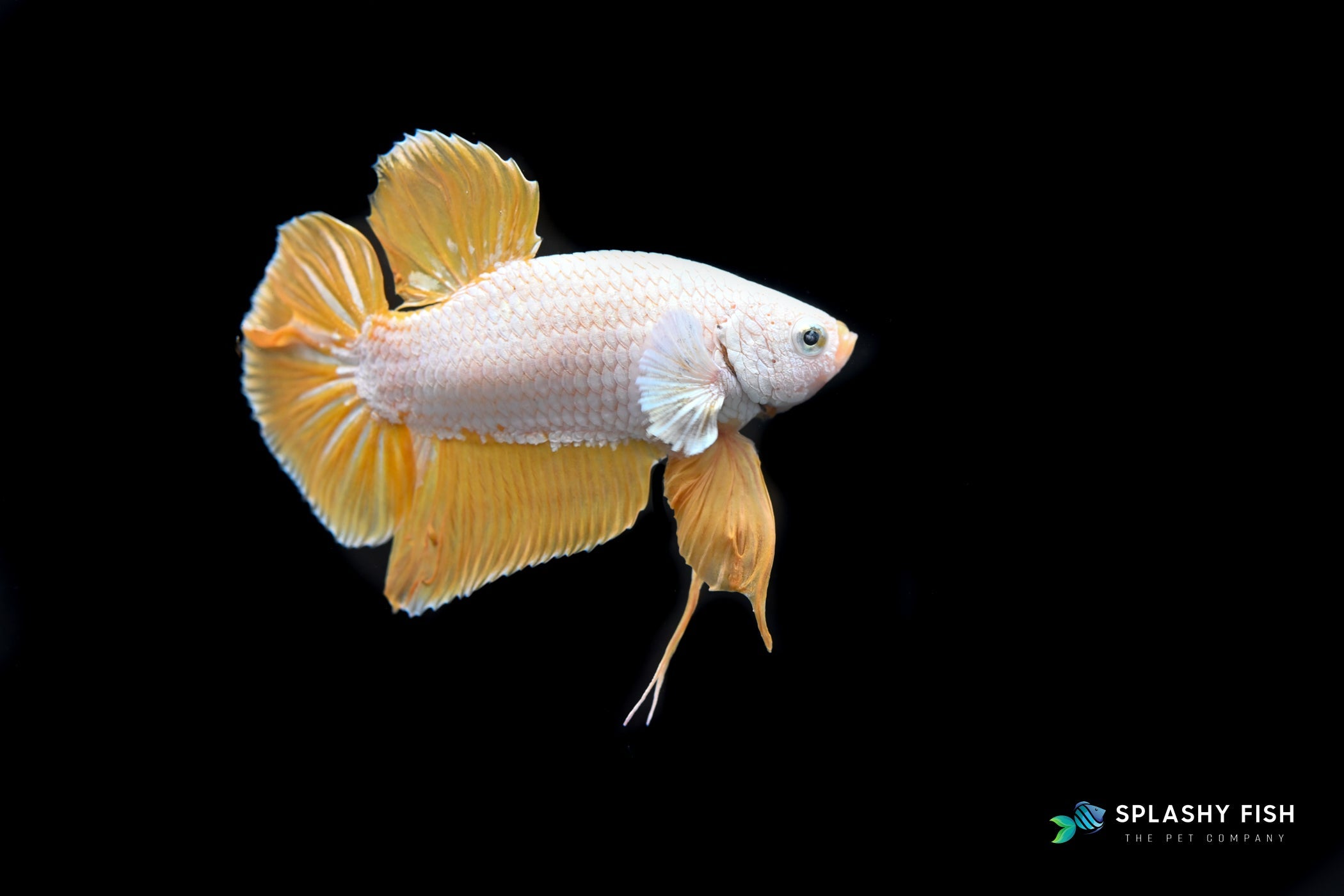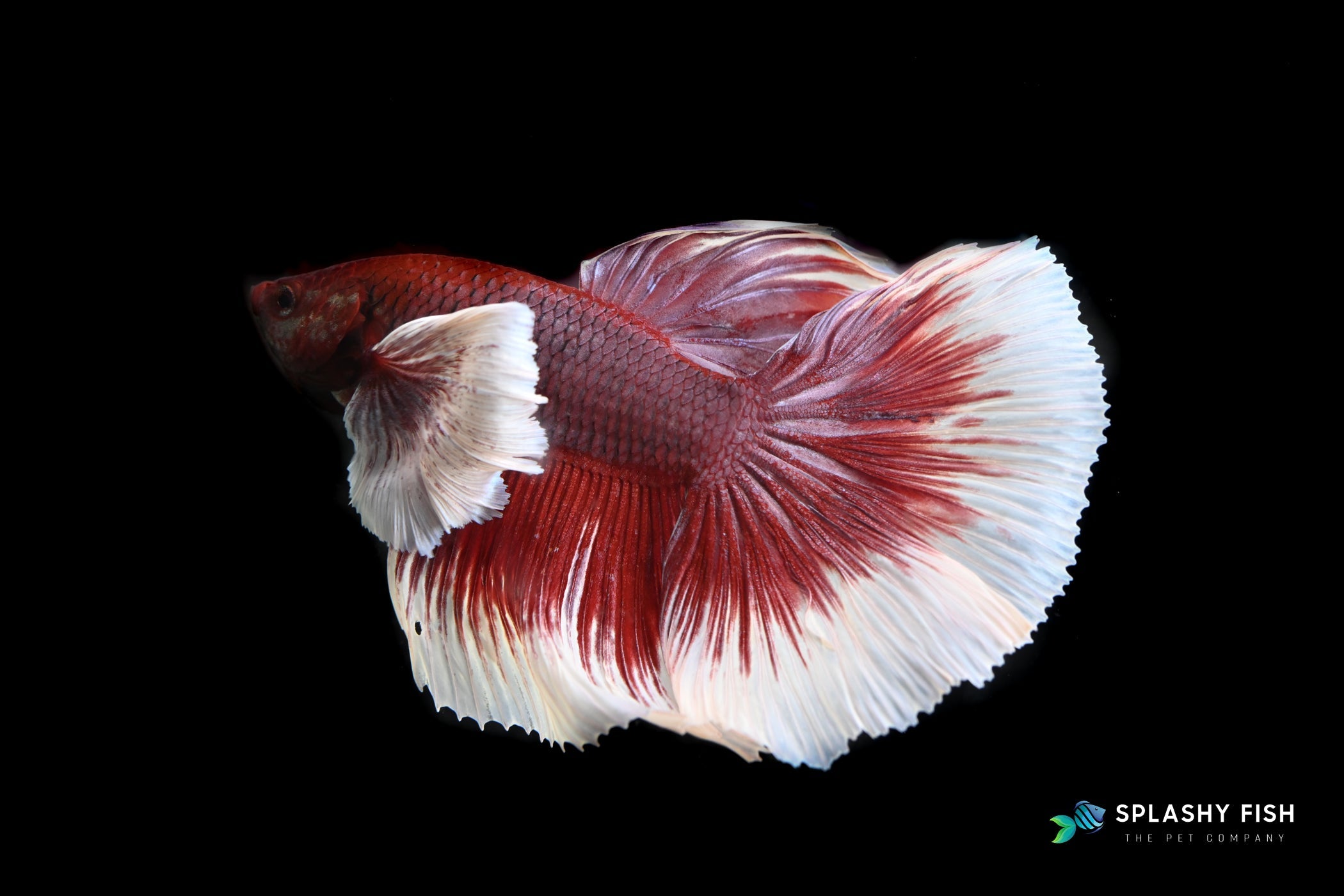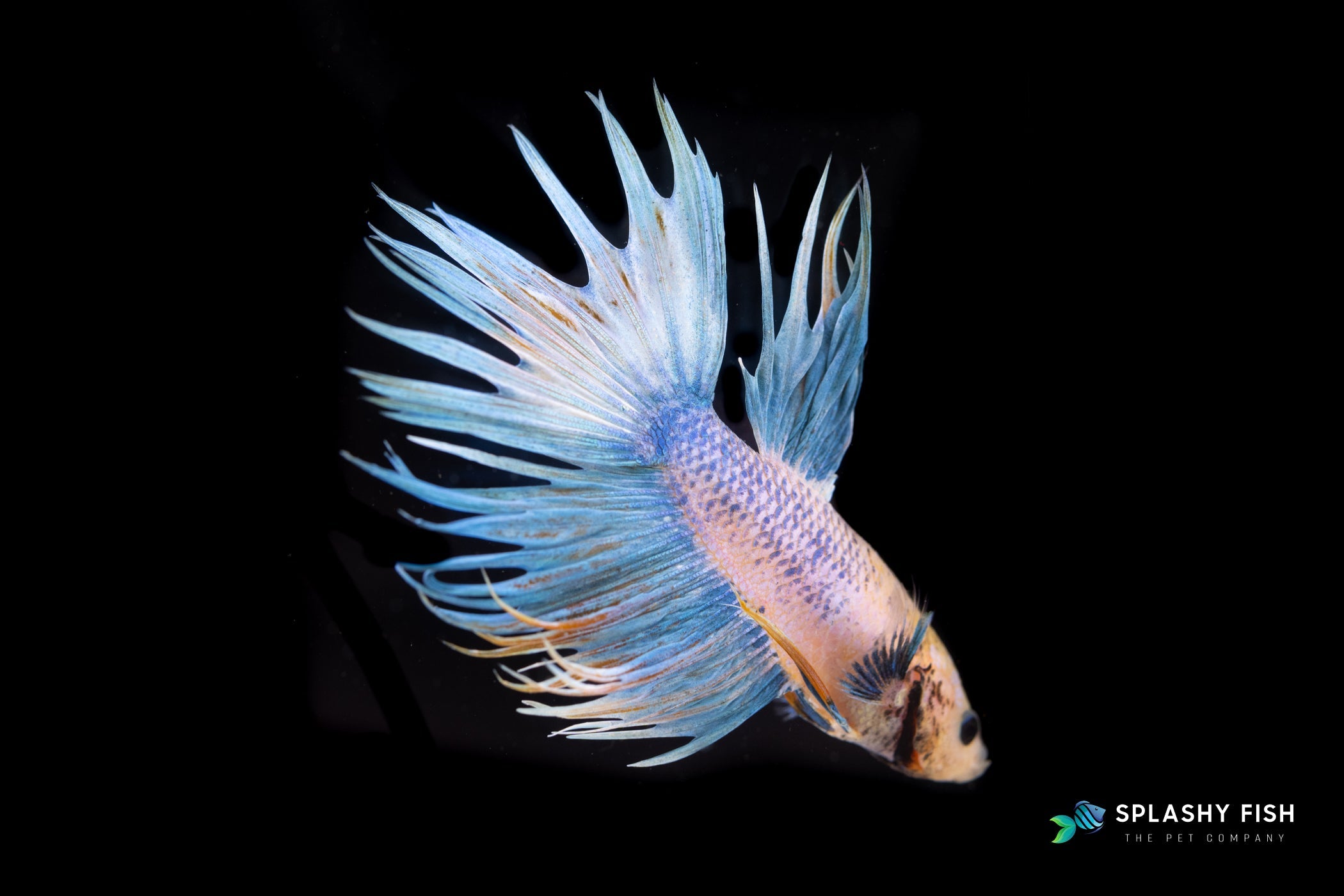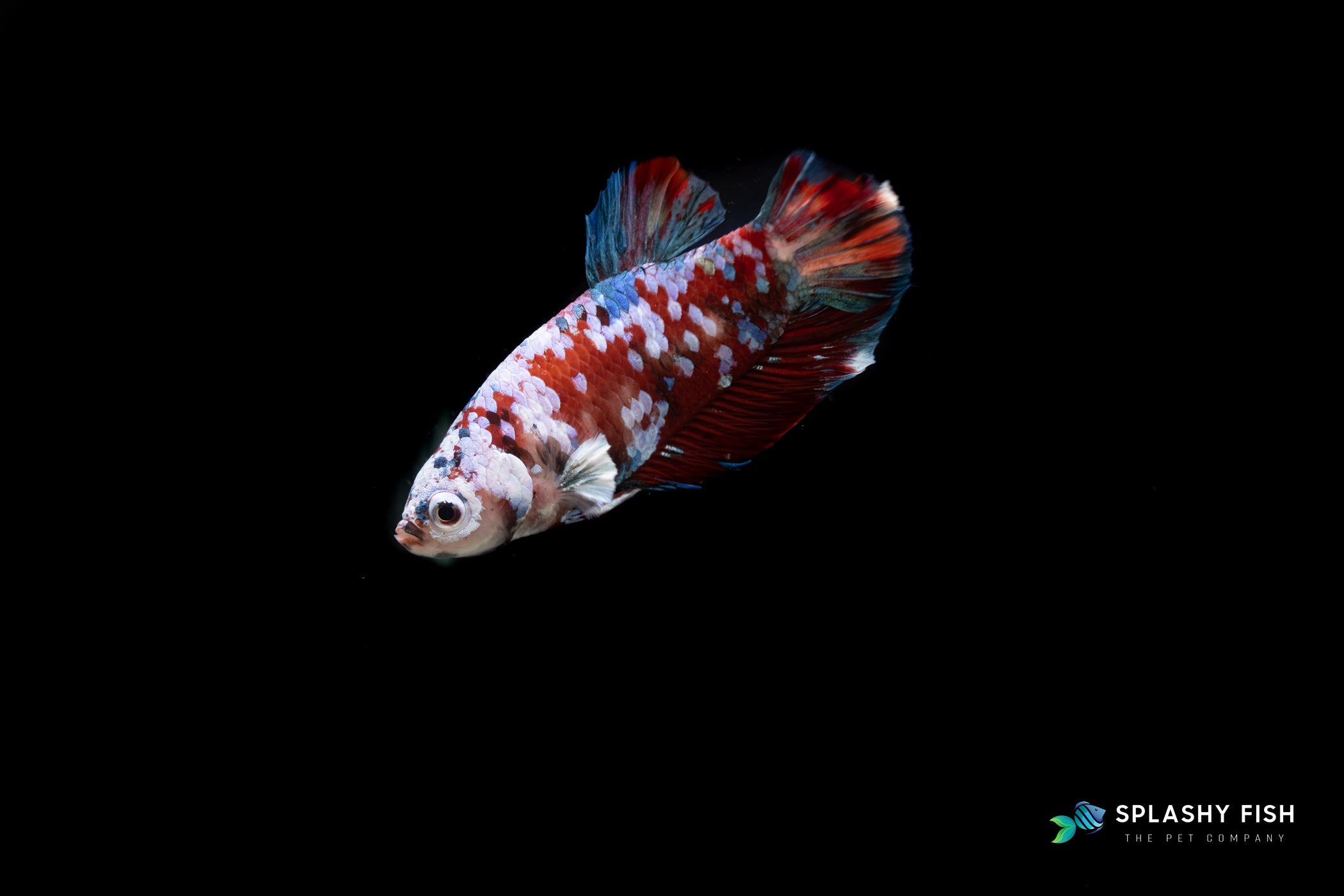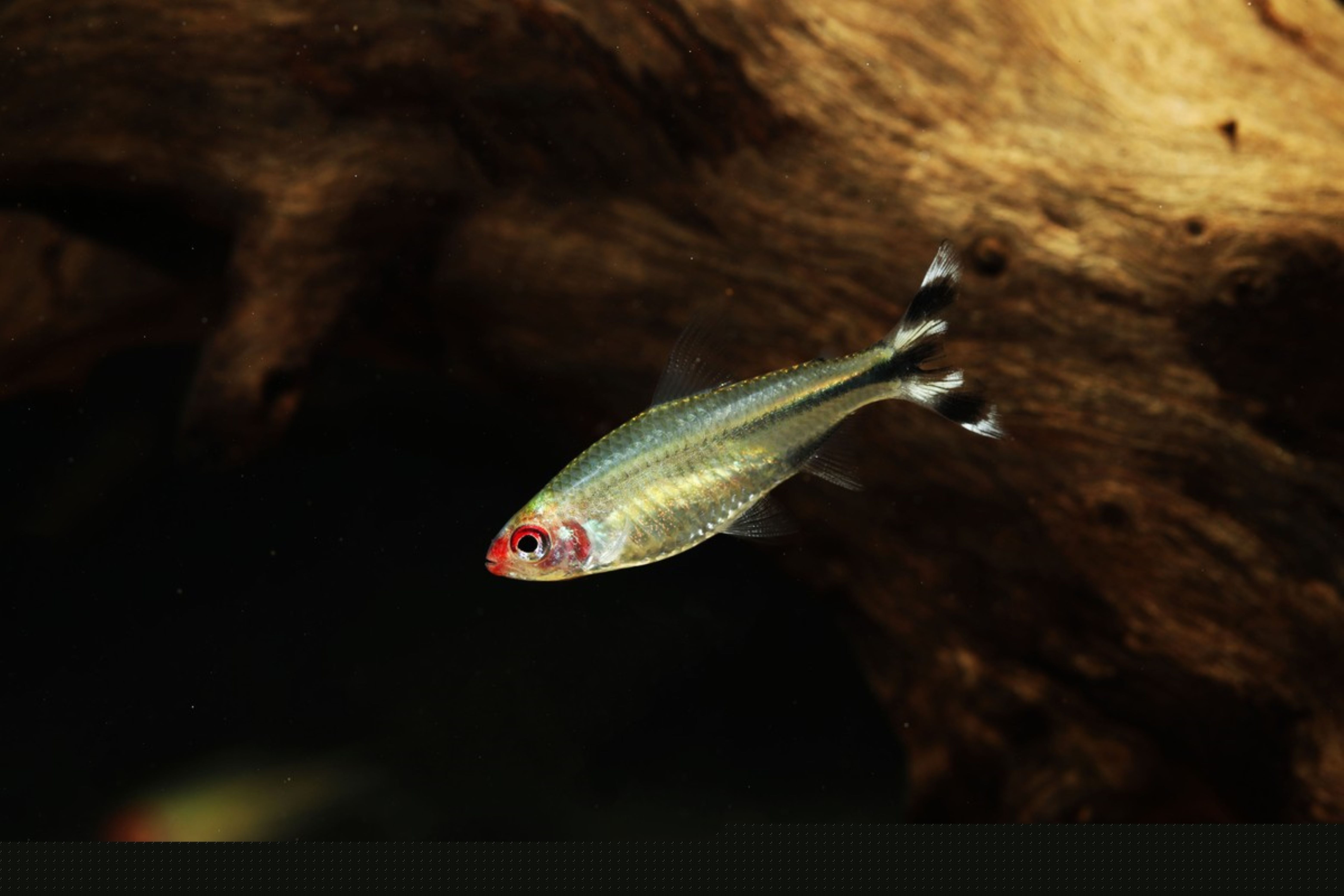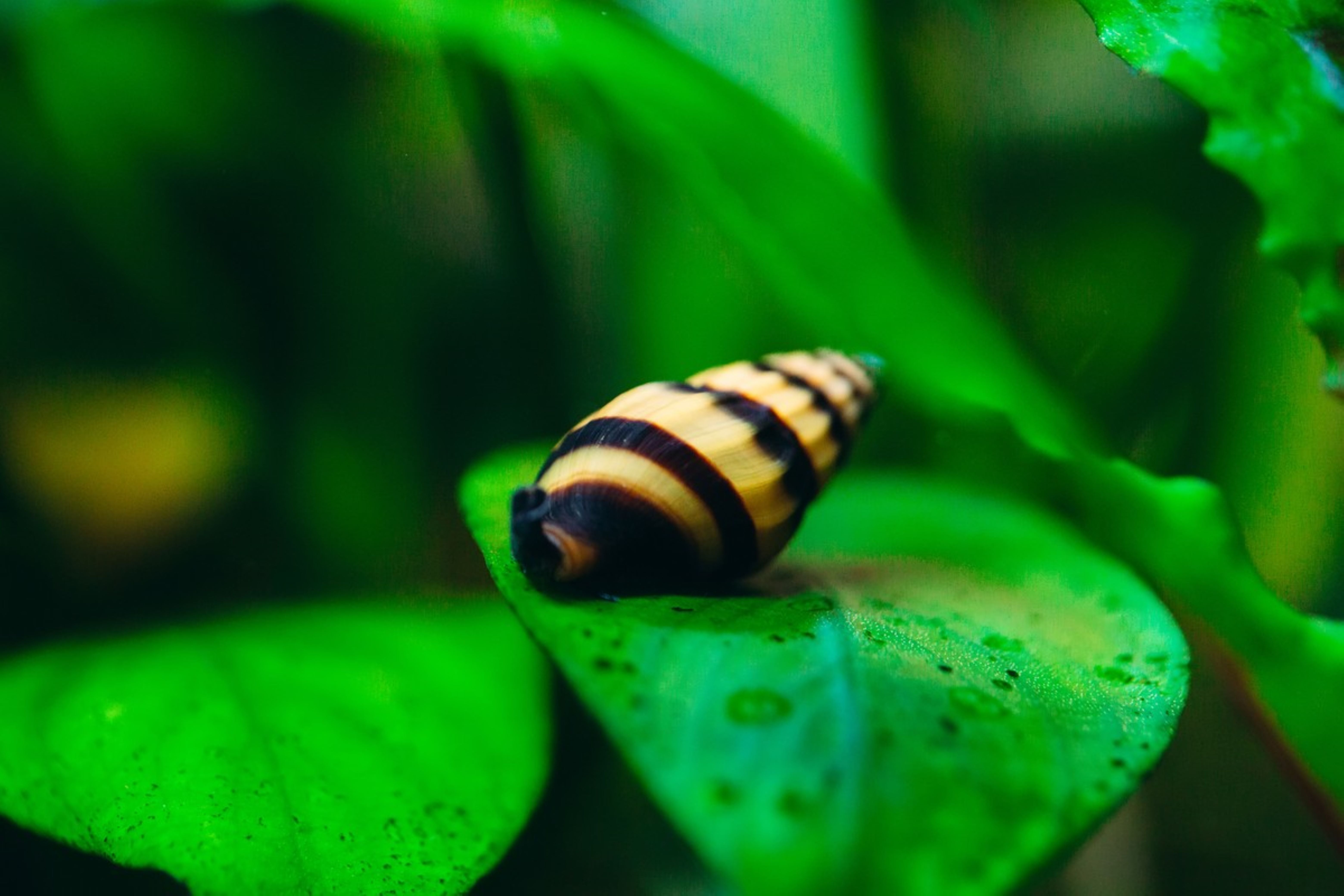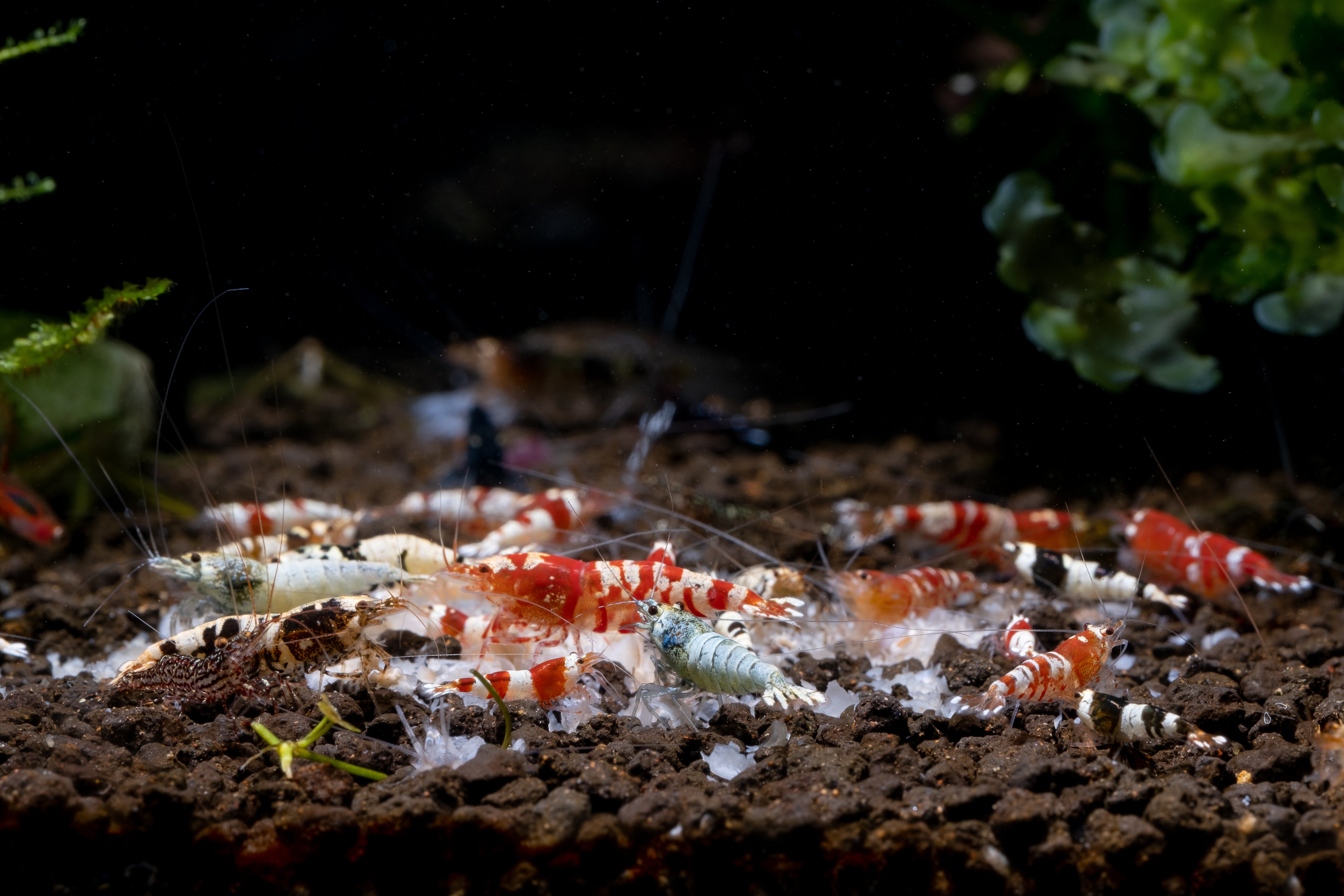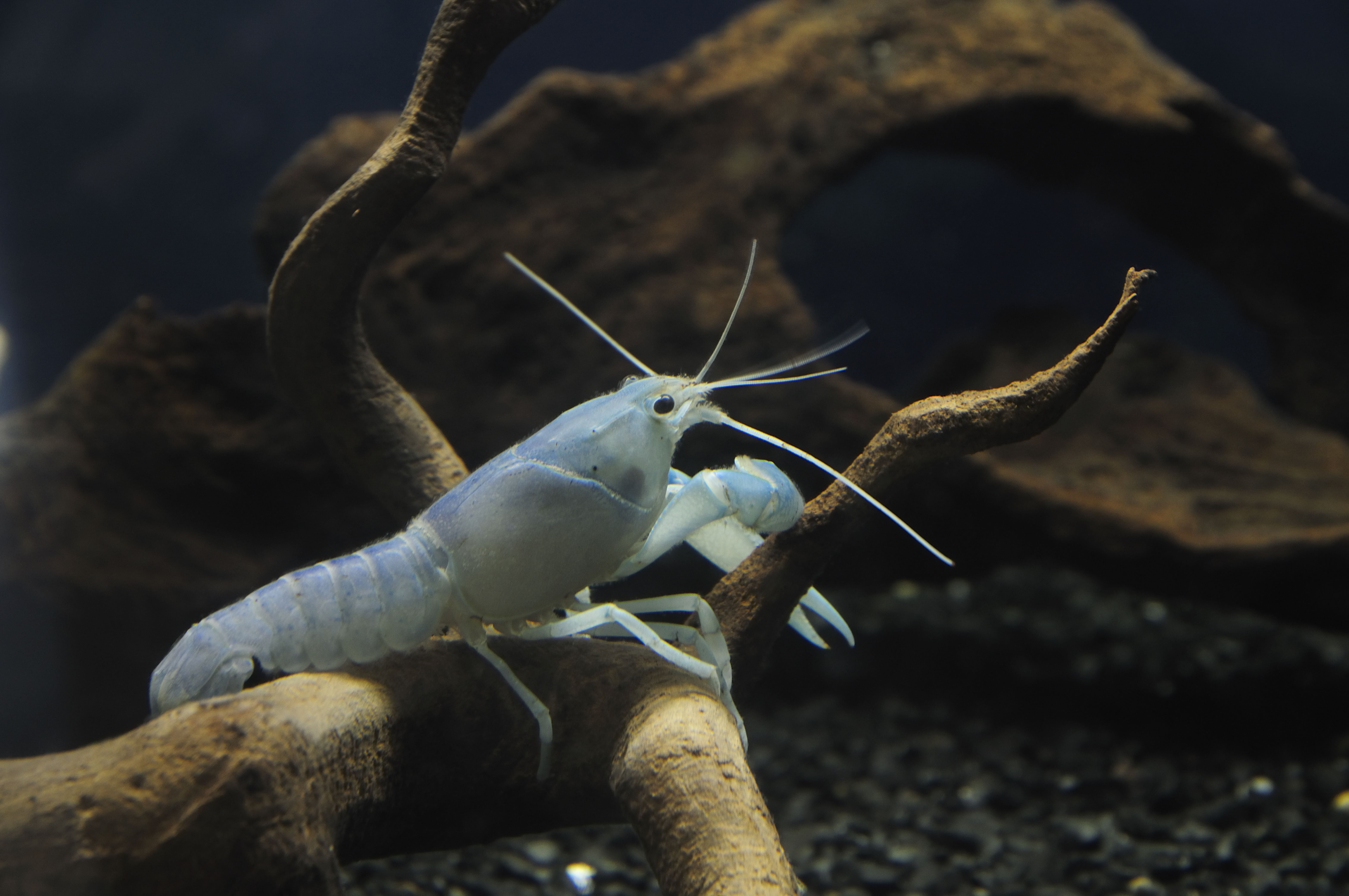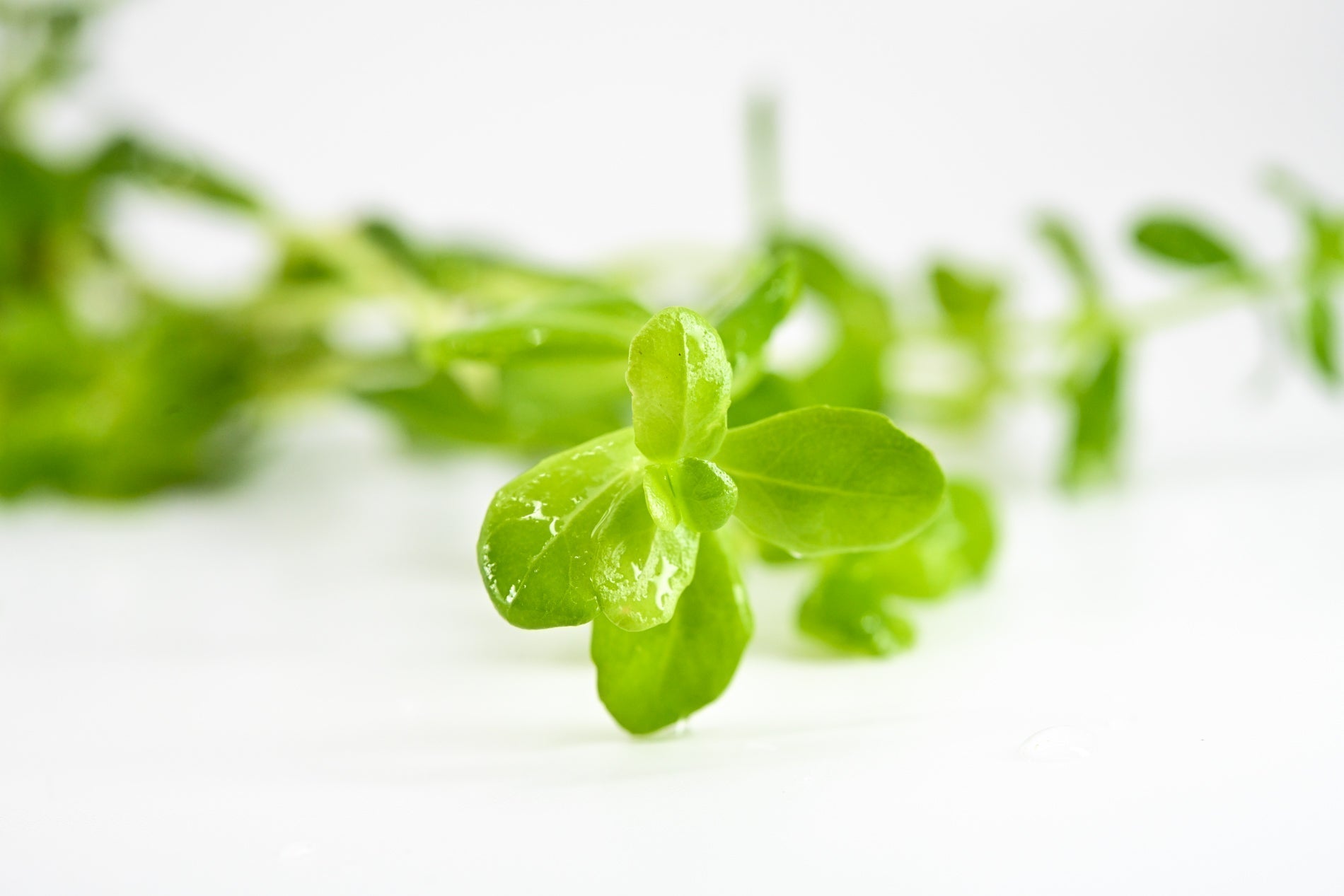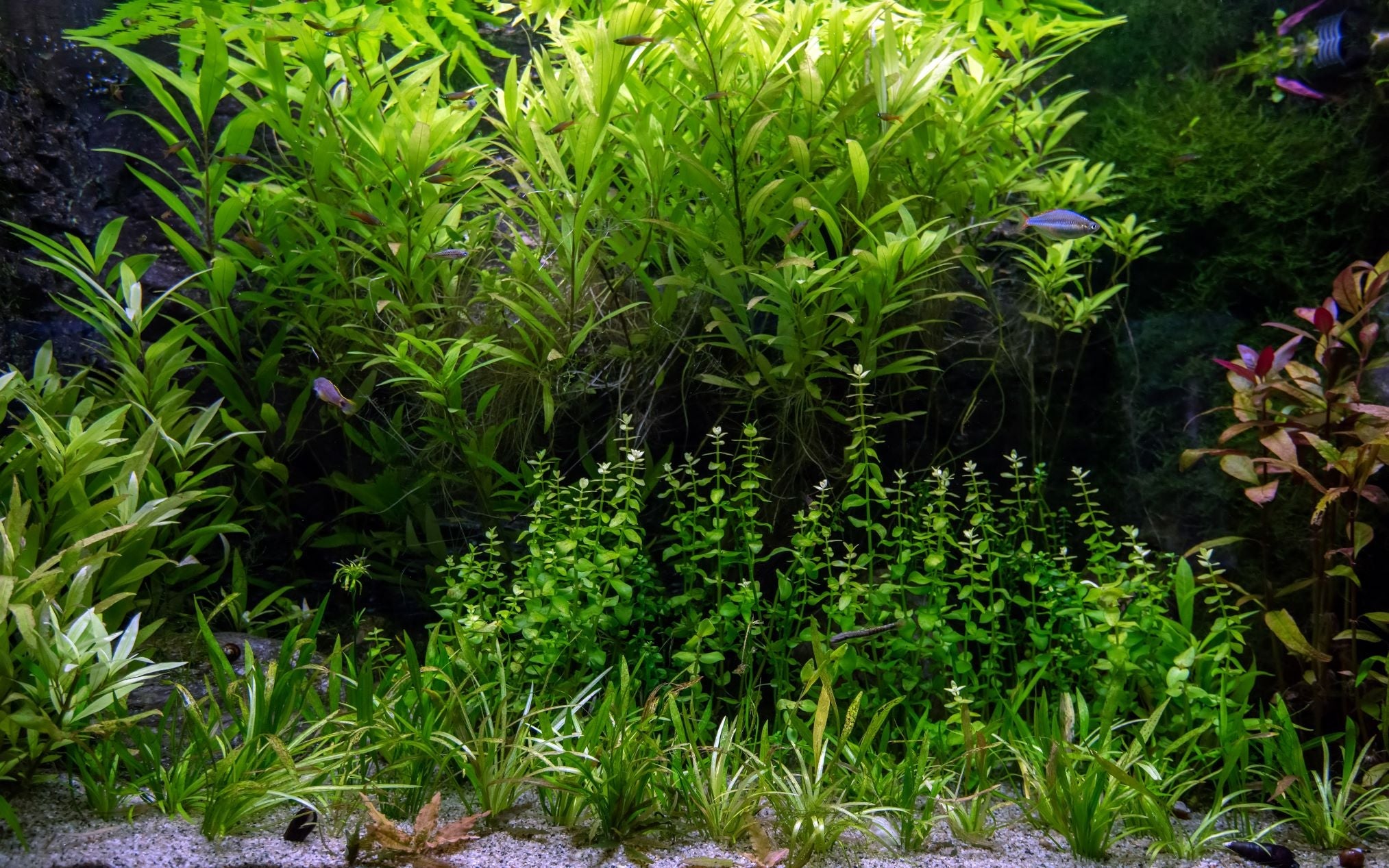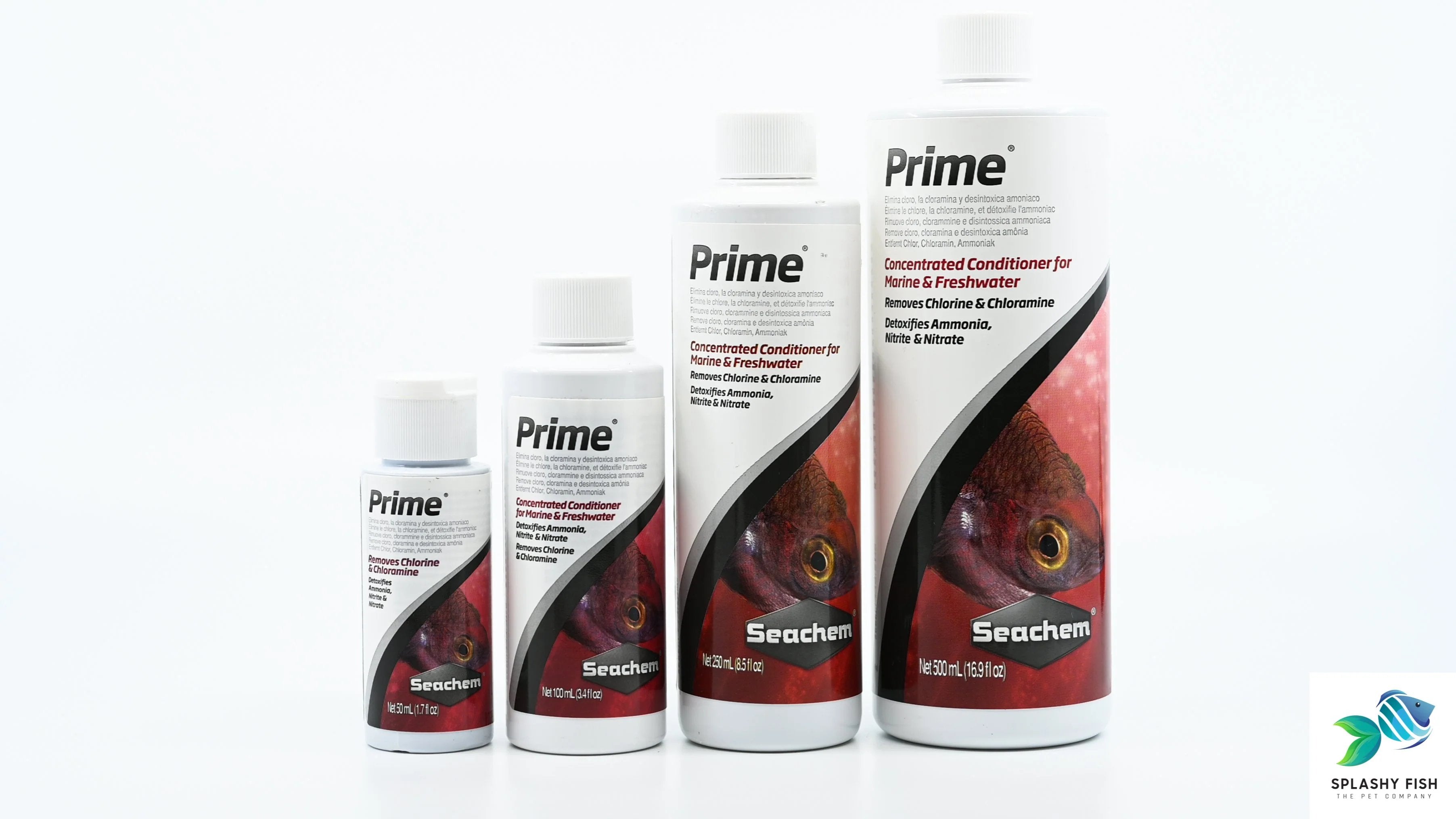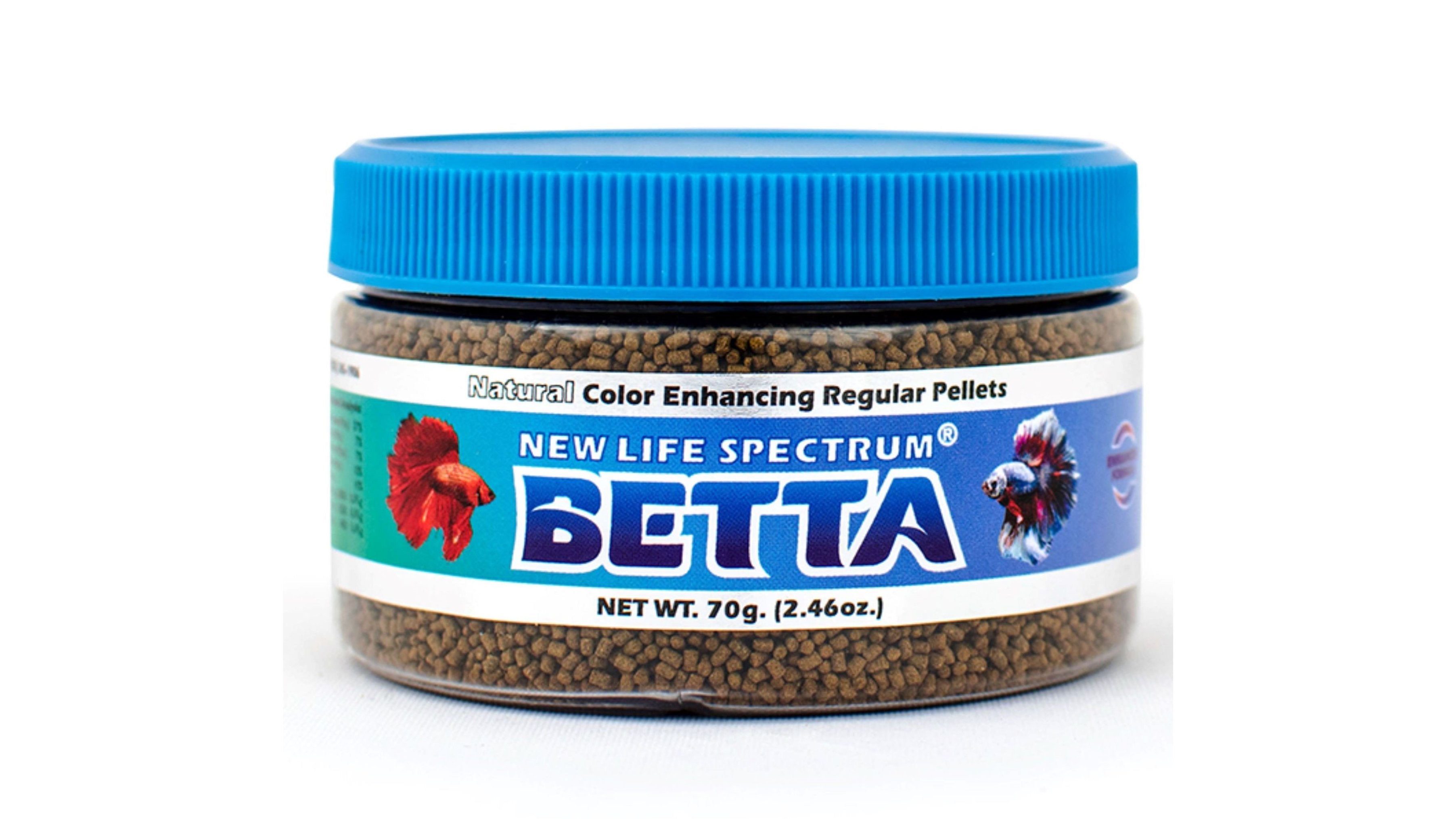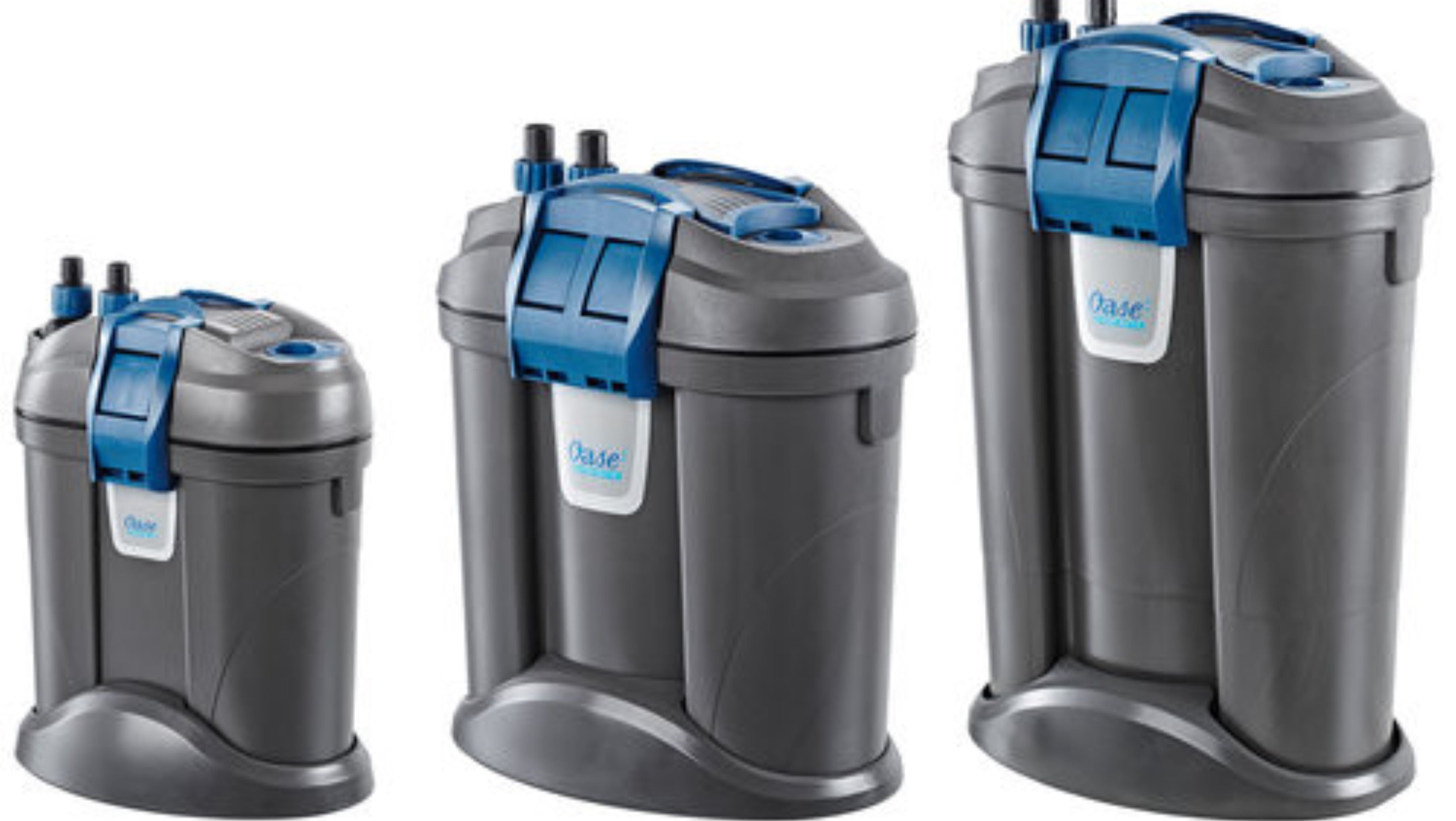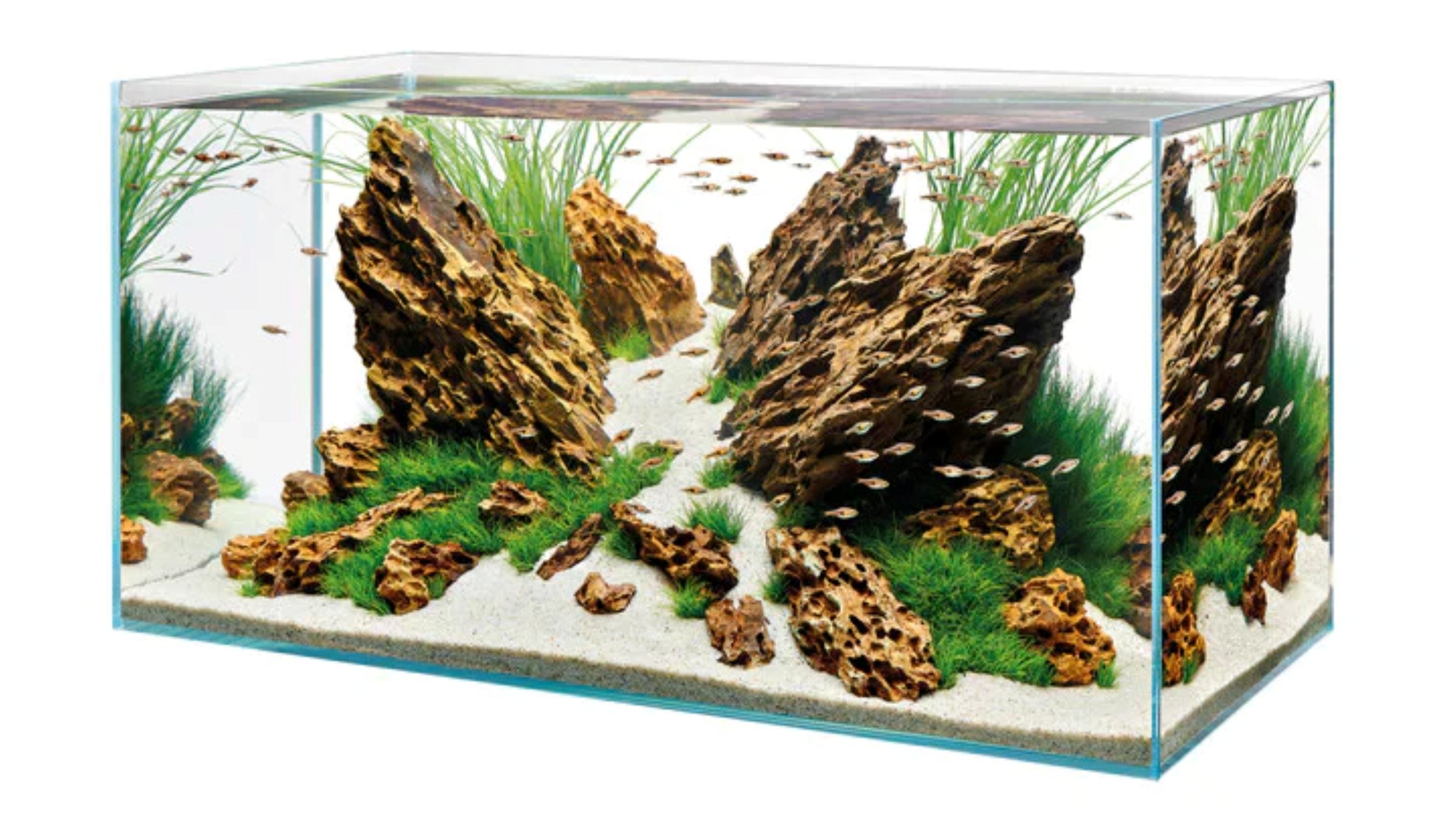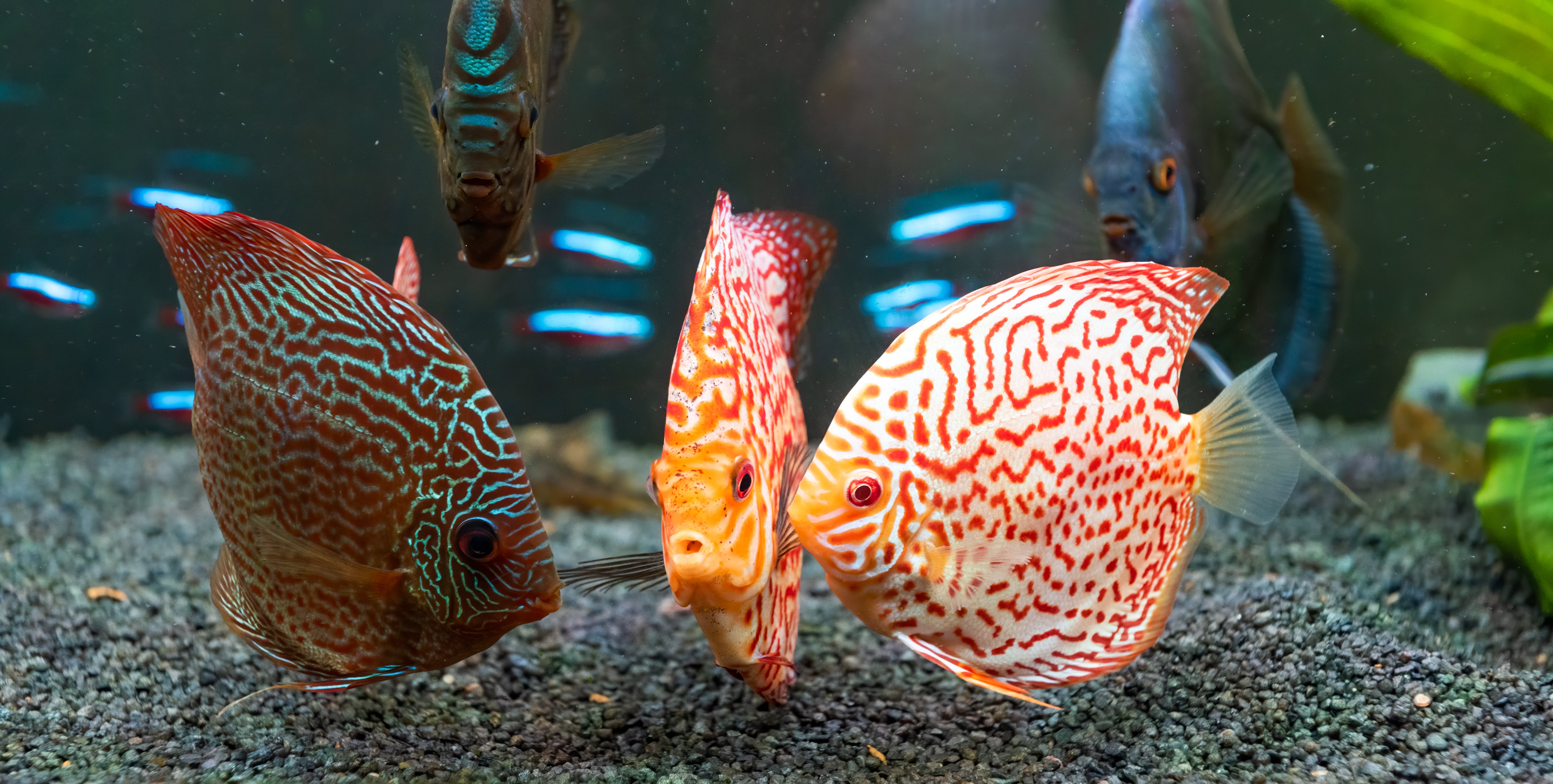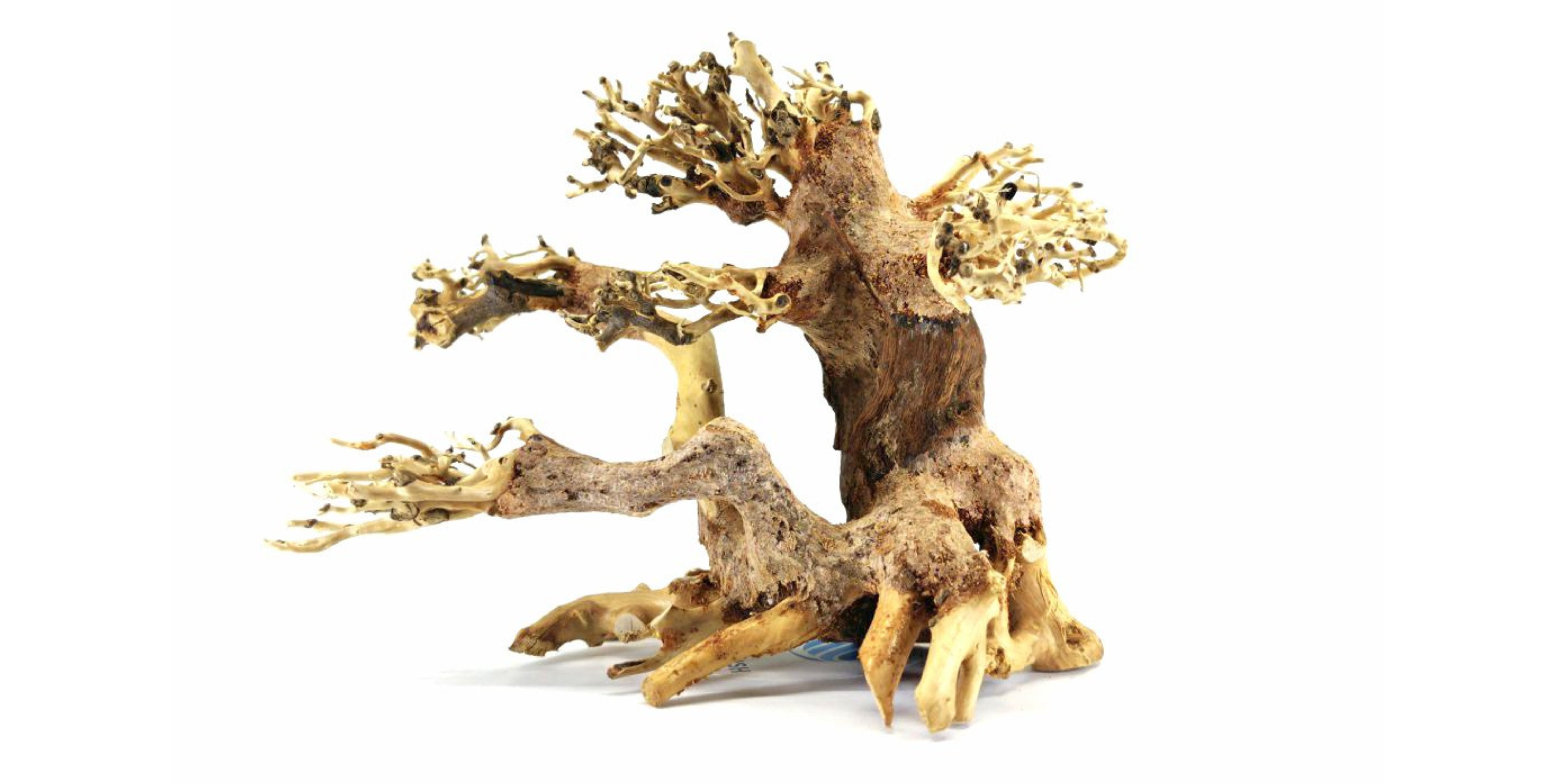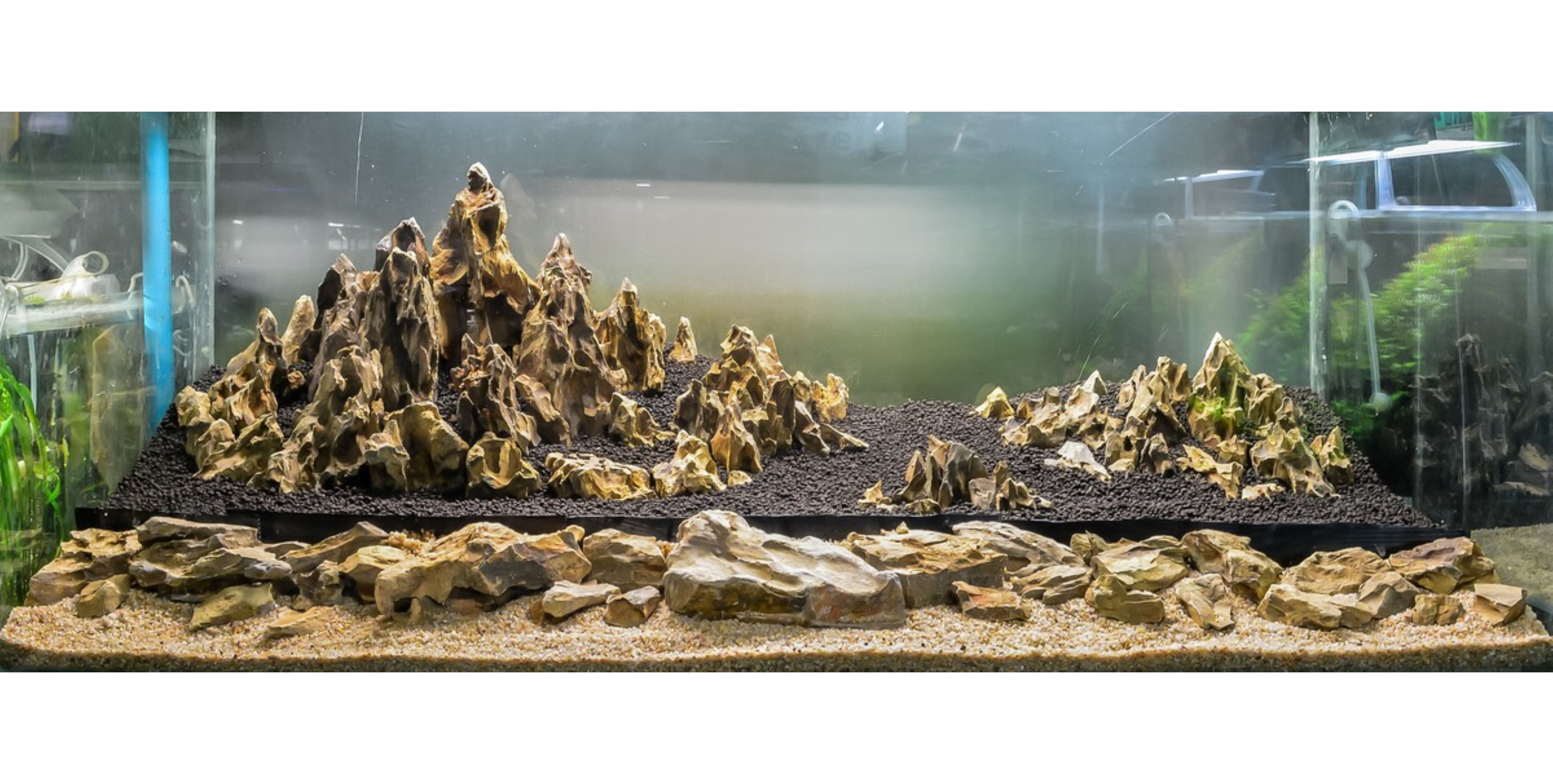Table of Contents
In our posted articles, we have introduced you to lots of proper care which one should take for their fish. Among them, creating a lively planted aquarium is mostly recommended since it allows your fish a familiar habitat to thrive. Speaking of which, have you ever wondered if live aquarium plants need special care? If you did, the answer is yes.
Why Aquarium Need Live Plant?
Live aquatic plants play a crucial role in the aquarium community. They can produce oxygen and absorb carbon dioxide from your fish during the daytime. Thus, together with the filtration system they help stabilize the pH levels in water. Fish feel more secure when being surrounded by live aquatic plants. They remind them of wide habitats hence, encouraging their natural behaviors. Aquatic plants also provide ample space and hiding places for fish to shelter whenever they feel threatened or stressed. Further, one finds nowhere more ideal than live plants for spawning sites as well as valuable refuge for newly hatched fry. Not only that, they are also the source of food to certain fish being considered ‘green munchers’. And if we keep listing, it may never end. Just for fun! Nevertheless, one cannot deny that live aquatic plants bring about loads of advantages.
Given that, taking good care of live aquatic plants is no less important than doing the same to your fish. In order not to be perplexed, we share with you some key points regarding this issue below.
Please note: This article aims to provide you with a very general look at how to take care of live aquatic plants. Every specific plant may have its own specifications. Thus, you should also take it into account for the best growth of your plants.

Water Parameters for Aquarium Live Plants
Most live aquarium plants thrive in the pH levels of 6.5 to 7.8 with general hardness of 50-100 ppm and alkalinity between 3° and 8° dKH (54ppm – 140 ppm). They don’t prefer high nitrate and phosphate levels since they can cause algae to grow on the leaves. For them, the nitrates should be below 10 ppm and phosphates should not be above 0.5 ppm.
Temperature is also a pivotal factor. Colder water temperature slows the growth rate of your aquatic plants while warmer water does otherwise. As such, keeping the water temperature stable is necessary. Generally, most aquatic plants prefer the range between 74°F and 80°F.
Changing water regularly is encouraged. Perform 10% of water change weekly, concurrently use Reef Carbon or Organic Adsorption Resin in your filter to remove organic pollutants that tint water and reduce light penetration. You can consider using reverse osmosis or deionized water if your tap water is not in the right conditions for aquatic plants.
Type of Substrate to Buy for Aquarium Fish Tank
Like other living plants, most live aquarium plants need the proper ground to root. That makes substrate is also as important as other factors. The substrate you choose affects not only the rooting process of most aquatic plants but also the water chemistry, filtration, and fish’s health conditions. As such and in order to make a wise decision, you need to learn the basics of each type of substrate that is commonly used in planted aquariums.
Gravel
There are a variety of them from fine to something coarser. Gravels are not unfamiliar to aquarium hobbyists and they are always the first consideration when it comes to substrate. Depending on the kind of fish and the type of aquatic plants, one can opt for fine, rounded, or coarse gravel.
Medium grade gravels are often chosen for planted aquariums. You can consider adding root tabs as they further support the rooting development. Despite that, if you go for a densely planted tank, gravel may not be the best option because it does not provide minerals to help plant growth. At this point, you may consider another type of substrate.
On the further note, because gravels allow small spaces in between, it requires you to regularly vacuum to remove any leftover food or prevent algae from blooming.
Sand
It is best known for the low maintenance and cleanest substrate of all. It earns that title mainly due to its texture. Sand compacts itself and won’t let particles penetrate the surface. That means leftover food will remain on top of it and with a good filter, your cleaning task seems to have nothing left.
That advantage sometimes appears to be a disadvantage to live aquarium plants (especially, those that are rooted plants and take in nutrients through roots). Its density turns out to be the cause that prevents plants’ roots from growing and spreading. Another reason that makes sand less attractive compared to other ‘competitors’ is that it does not provide nutrients to plants. Even if you add root tabs, things do not seem to get better.
Dirt/Soil
Defeat all other above aquarium substrates is dirt/ soil. It meets the requirements of both providing nutrients to live aquarium plants and being an excellent base for them to grow healthy.
If you go for dirt/soil substrate, it is recommended not to vacuum it because the soil substrate may get sucked into filters and pumps, potentially damaging the equipment. Further, aquarium soil is active which means they can alter the water chemistry of a tank. Typically, aquarium soil lowers the pH level to below 7 and makes water softer. It is worth noting not keeping fish that are unable to adapt to the conditions. Another thing you should know about this substrate is that it is relatively expensive compared to the others. It is actually not a con but worth considering.
Live Plants Light Requirements for Aquarium
Your live aquarium plants need light for photosynthesis. Without it, they will not grow or thrive. When it comes to light, there are three issues one needs to concern.
Spectrum of light and color temperature (or Kelvin rating): live aquatic plants don’t have much demand on the color of light in order to grow. Normally, they do their best under daylight color (around 6500K). As such and according to many aquarists, any range between 6000K to 8000K can be acceptable to aquatic plants. As for the spectrum of light, it is recommended to use the red and blue spectrum as it makes your aquarium look appealing. On a further note, it can stimulate colored pigmentation in certain plants. For example, red plants grow redder when exposed to a strong red/blue spectrum.
Correct strength of light: this factor relies upon your tank’s size, type of plants. Some plants require strong light while others do not. Generally, the ratio of two watts of lighting per gallon is mostly applied. However, you should consider the specific plant to have the correct strength of light for its growth.
Precise length of time for lighting: we suggest 6 hours to 8 hours of light for your live aquatic plants. It is worth noting that for their best growth, you should create a consistent day/night cycle. If you are unable to control the lighting time, use the light timer to keep things on track. Regularly observe your aquatic plants' growth to make sure the time length is suitable for them. If you find it not, then increase or decrease the time length accordingly.
Do Aquatic Plants Require CO2?
Many beginners may wonder if they need additional CO2 for their live aquatic plants since they have provided them with the necessary conditions. The answer is it depends on the needs of your plants. Some (low-tech) aquatic plants such as Water Wisteria, Java Moss, Lilaeopsis require little CO2 to thrive. As such, they can rely on the CO2 discharged from live fish and other co-living creatures. If you are not familiar with taking too much care of your aquarium plants, you can consider those three plants as they are good to start.
Tip: There is a close relationship among CO2, light, and nutrients. They are the main factors causing photosynthesis. That means plants requiring intense light normally will ask for more CO2 and nutrients and vice versa. You can see that difference clearly in low-tech planted aquariums (having easy-to-care-for plants) and high-tech planted ones (having intermediate-to-difficult-to-care-for plants). That also explains the reason why the former is usually recommended to those who are new to the planted aquarium hobby since it does not require much technique from the hobbyists.
Generally, CO2 is essential to plant growth. Lack of CO2 can hinder photosynthesis, a very important process for plants to produce necessary energy to live and reproduce. Further, if you notice the plants that are provided with additional CO2, their appearance (e.g., size, color, growth rate) are well enhanced compared to those that are not.
There are many ways to supply CO2 to your aquatic plants. Among others, Pressurized CO2 injection systems are the most reliable and convenient. Another method that is also used by most aquarists is DIY CO2. This option allows you to give CO2 a try before you spend a large amount of money on Pressurized CO2.

Fertilizer for Aquatic Plants
Aquarium plants need nutrients & fertilizer to grow. More specifically, they need nitrogen and phosphorus as well as potassium, iron, magnesium, manganese, and other minerals. Most of the nitrogen and phosphorus comes from fish food and waste; however, Plant fertilizers must be added to the aquarium on a regular basis.
Given that, you need to fertilize your aquarium plants to ensure they absorb enough nutrients, especially in the case you use gravel/ sand substrate instead of dirt/soil. There are many fertilizer products that are used for aquarium plants in the market, We recommended the Tropica Fertilizer. Subject to the way your plants absorb nutrients (through leaves or roots or both), you can choose liquid form or substrate form that is mixed or in a tablet. Remember to keep water pH between 6.5 – 7.5 and the light sufficient before you add fertilizer.
For the frequency, it depends on the type of soil, plant size, and water temperature. If the water temperature is low, you should fertilize less often than when it is high (colder water temperature slows the growth rate of your aquatic plants while warmer water does otherwise). Further, if you use liquid fertilizers, you also need to add them more frequently than if you use substrate ones.
It seems to require quite a lot of technique to care for aquarium plants. Don’t be afraid to challenge yourself on this task. It may be quite hard to go at first. However, once you have caught the key points, it turns out fun and worth your effort.
Conclusion
So, to sum up, all you need to remember when taking care of your aquatic plants are:
- Use the suitable type of fertilizer with the right amount for your aquatic plants
- Make sure your plants get enough light
- Keep checking the water chemistry to ensure it is in the right condition for your aquarium plants
- Don’t forget adding CO2 to your plants (if required)
- Last but not least, choose the appropriate substrate for them


